One of the signal contributions of the American Jewish Committee (AJC) over the many years has been its stream of publications reporting on and analyzing our community. Its annual American Jewish Yearbook has long been a staple in Jewish libraries; as David Harris wrote in his foreword to Volume 100, which appeared in the year 2000, “In the pages of the Yearbook’s 100 volumes one can trace the full trajectory of the Jewish experience over the last tumultuous century.” (From 1899 to 1908, the Yearbook was published by the Jewish Publication Society; from its 10th volume on, the American Jewish Committee took on the central responsibility.)
Now we have a new and fascinating volume, titled “Jewish Distinctiveness in America, A Statistical Portrait,” written by Tom W. Smith, director of the General Social Surveys conducted by the National Opinion Research Center of the University of Chicago. Herewith, to conform to the limitations of space, an appetizer:
Some years ago, in a free-ranging discussion of Jewish social science research with Steven M. Cohen, the eminent sociologist of American Jewry, and Milton Himmelfarb, the senior resident intellectual and ever-engaging provocateur of the AJC itself, Himmelfarb proposed that Cohen and I were wrong in defining America’s Jews as overwhelmingly liberal.
“Look at the data,” he said. “We look liberal only on issues of personal freedom: abortion, homosexuality, free speech. But when it comes to welfare issues, we are not terribly different from other Americans. We are libertines, not liberals.”
Spoken as a true conservative, which Himmelfarb — brother of Gertrude Himmelfarb, brother-in-law of Irving Kristol, and no slouch in his own right — doubtlessly was. It was he, after all, who coined the memorable — yet often misquoted — phrase, “American Jews earn like Episcopalians but vote like Puerto Ricans.”
But the truth of the matter is that American Jewish liberalism is a very complicated thing. Himmelfarb wasn’t right in dismissing it, but neither was I in proclaiming it. (Cohen can more than adequately speak for himself.) Smith’s new volume sheds some light on the matter.
At first pass, we seem not libertine (“one who acts without moral restraint; a dissolute person”) so much as libertarian (“one who believes in freedom of action and thought”), a term that had little currency back when Himmelfarb used the other, more sneering word. On all the personal freedom issues, we are an astonishingly different breed from other Americans: Abortion for no reason other than that the woman wants no more children? Forty-two percent of Americans approve; 82 percent of Jews. Suicide if a person has an incurable disease? Fifty-nine percent of Americans agree; 84 percent of Jews. Is premarital sex always wrong? Twenty-six percent of Americans agree; 4 percent of Jews. Is homosexual sex always wrong? Fifty-nine percent of Americans approve; 18 percent of Jews. And so on.
We’re distinctive also by virtue of our overwhelming agnosticism (65 percent of Americans “know” that God exists, compared to 25 percent of Jews) as also by a range of other judgments in the arena of belief. (Thirty-nine percent of Americans approve the Supreme Court’s ruling against school prayer, compared to 84 percent of Jews; one-third of Americans believe the Bible is the exact word of God, compared to 11 percent of Jews.) And then, of course, we’re hugely different in our voting in presidential elections, 25 percent or higher more Democratic than the national average.
But when it comes to government spending, we’re quite close to the national averages on most items, and sometimes (e.g., whether government is spending too little in assistance for the poor) actually lag behind the national average. We’re very close to the national average on whether government should provide special help for blacks, on whether black-white differences are due principally to discrimination, and on affirmative action (just 15 percent of Jews as well as the rest of the nation think blacks should get preferences in hiring).
Yet we come back to attitudes usually associated with liberalism, and distinctive when compared to most others, on whether there ought to be law against black-white intermarriage, on whether blacks should push for rights. Personal freedom, again.
Others, perhaps, will be intrigued that our per-capita income is nearly twice the national average and our mean household income some 70 percent higher, and considerably higher than “liberal Protestants,” a category that includes Episcopalians; that 61 percent of us have at least a four-year college degree compared to 23 percent of the general population, and compared to 33 percent of liberal Protestants. I am as intrigued by the fact that while 40 percent of American households have a gun, only 13 percent of Jews do. Still, when it comes to capital punishment, the national average of approval is 70 percent, and ours not far behind at 64 percent.
In short, it’s complicated. “Libertarian” doesn’t fit, nor is “liberal” sufficiently exact.
But there’s another point that wants stating here: What real difference does it make whether we are distinctive by virtue of demography, politics or general social attitudes? Idle curiosity may be satisfied by marshalling such data, but there is a difference between interesting things and important things.
The important thing is that we remain devoted to Jewish purposes. Yes, some of that devotion can be measured in terms of political and social values, but a more, much more telling measure is how we act. What about our charitable giving? What about our volunteering in agencies and organizations that feed the hungry or that lobby for a more generous food stamp program? What have we done to halt the genocide in Darfur? How have we advanced and internalized Jewish culture? Smith is silent, but it is a proper answer to such questions that would speak to the kinds of distinctiveness that really matter.
Leonard Fein is the author of “Against the Dying of the Light: A Parent’s Story of Love, Loss, and Hope” (Jewish Lights).







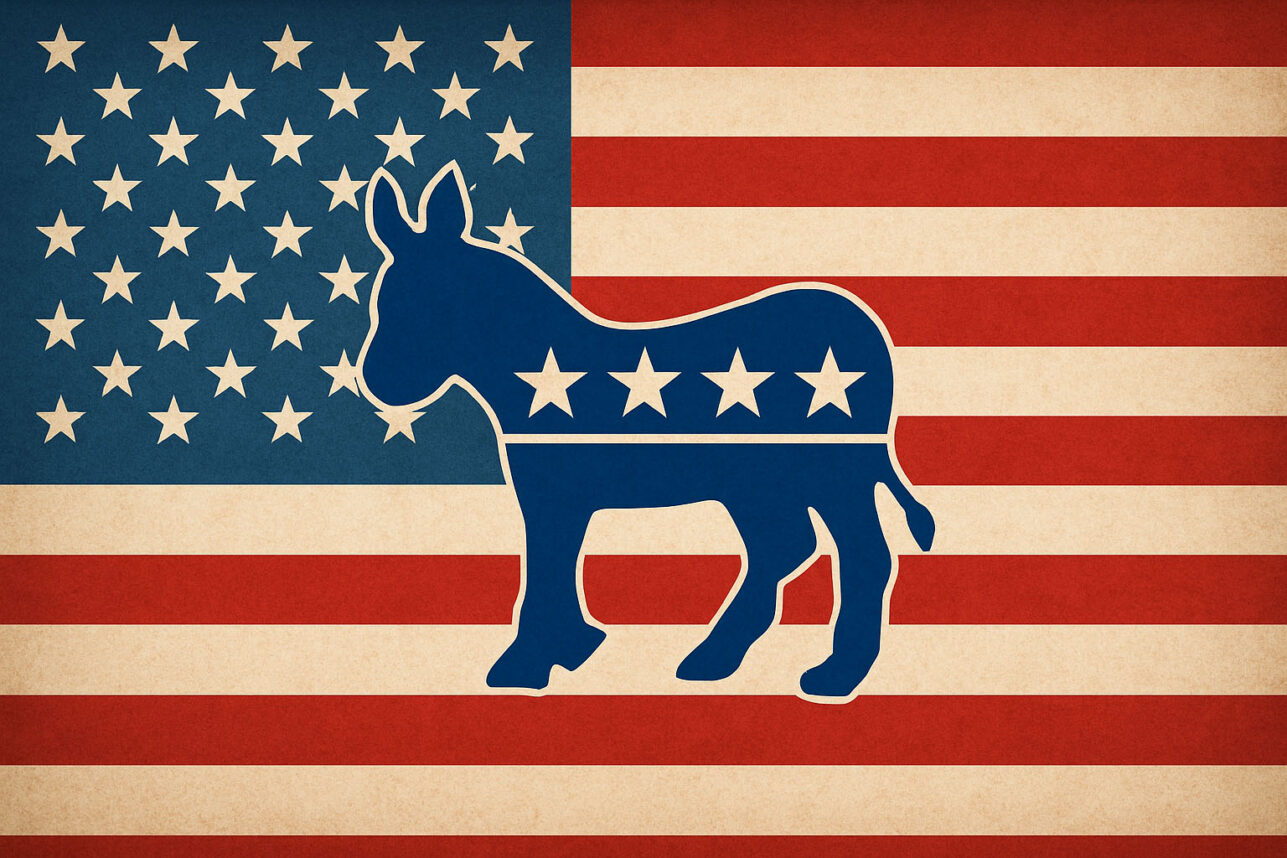

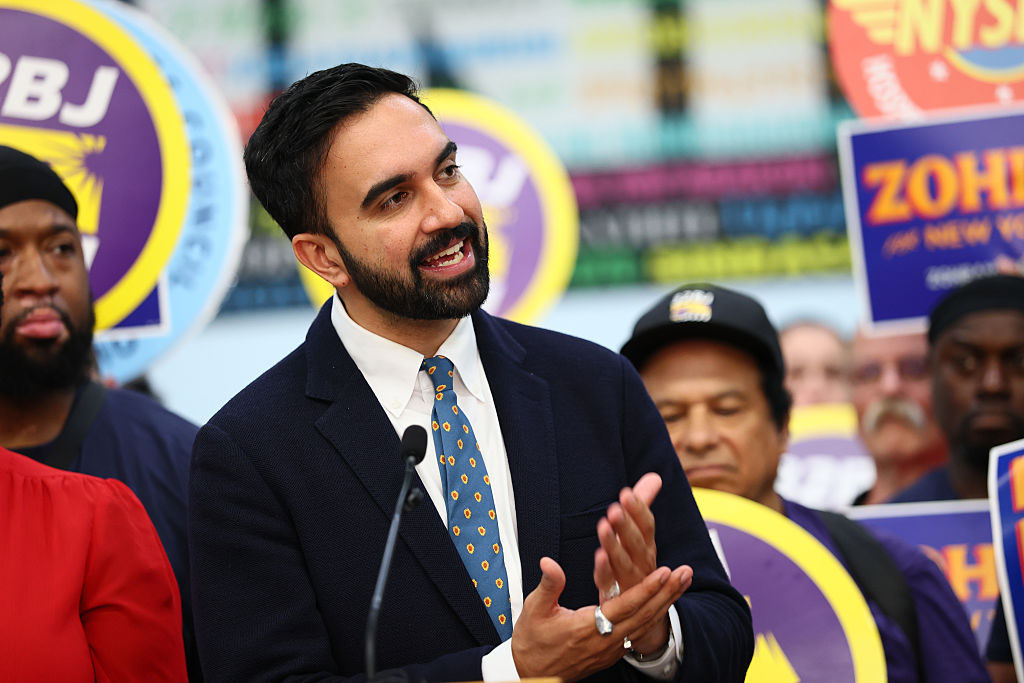







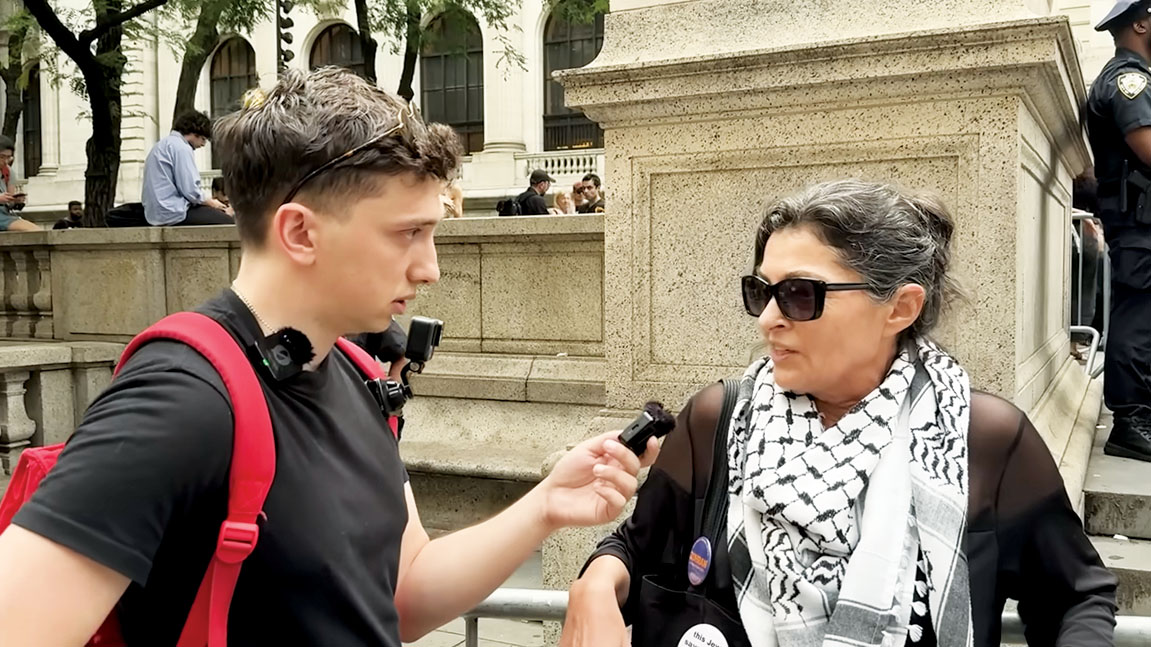





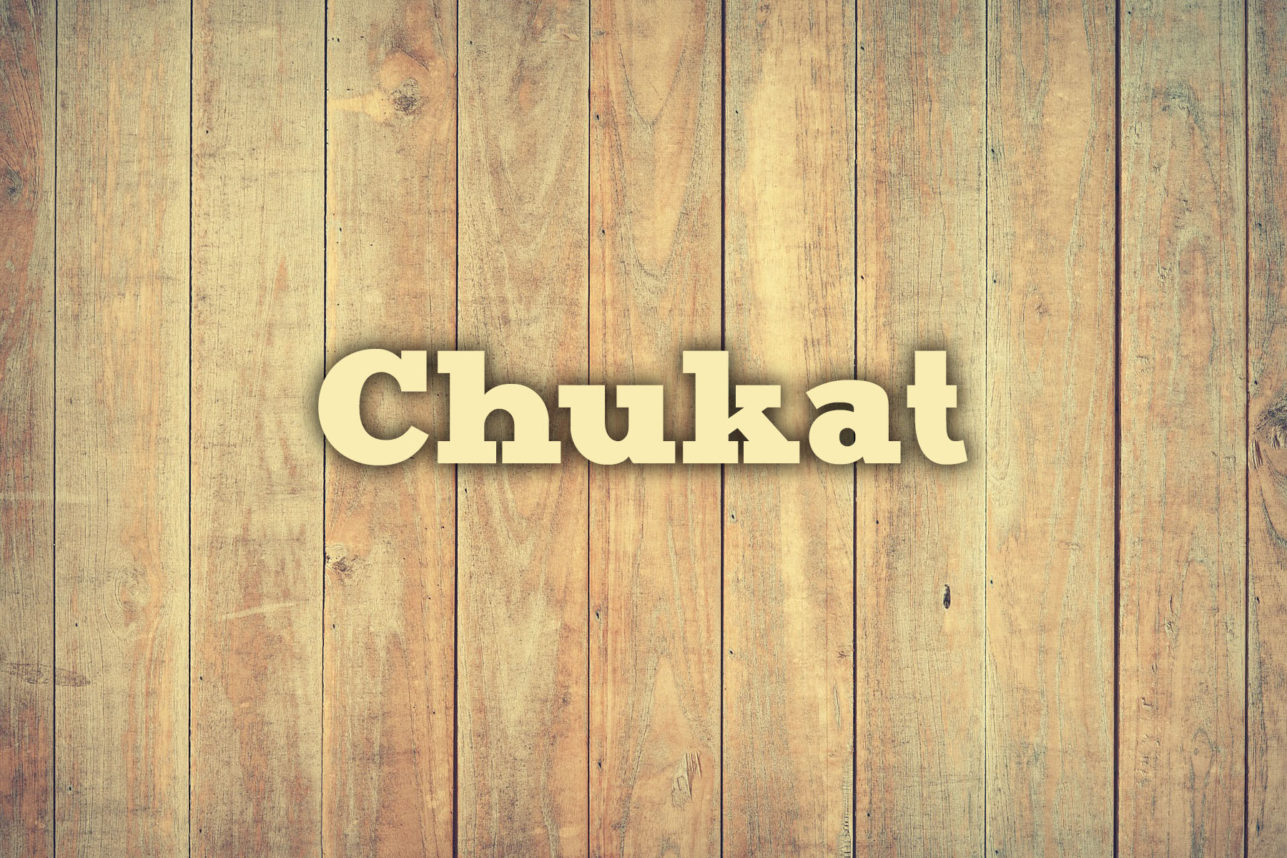
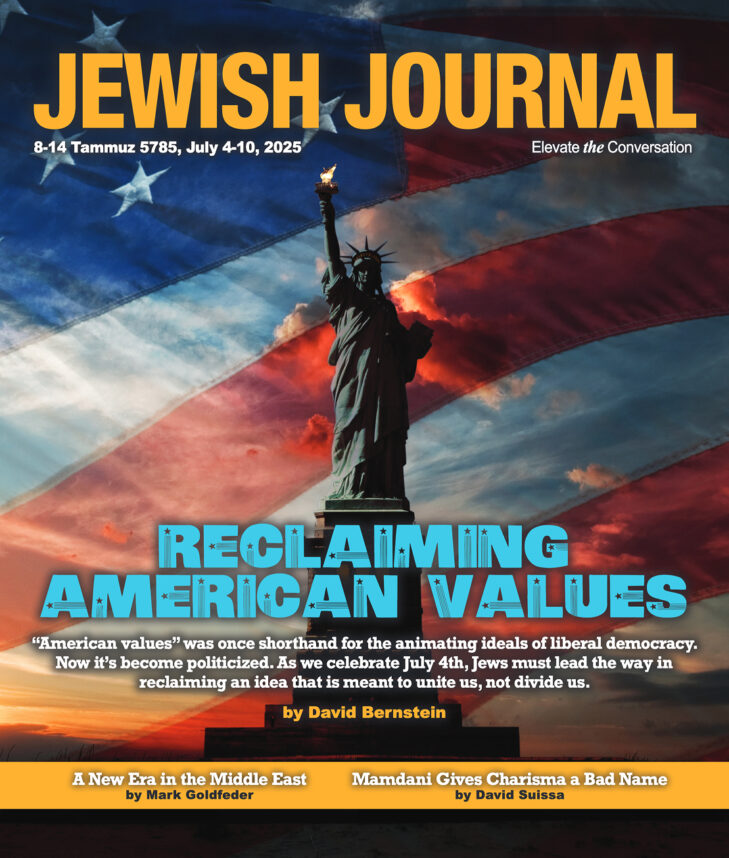
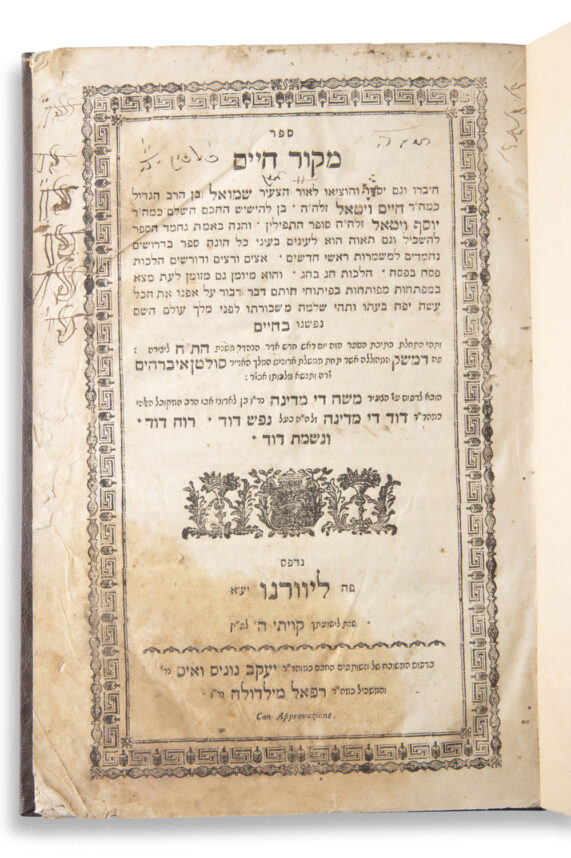


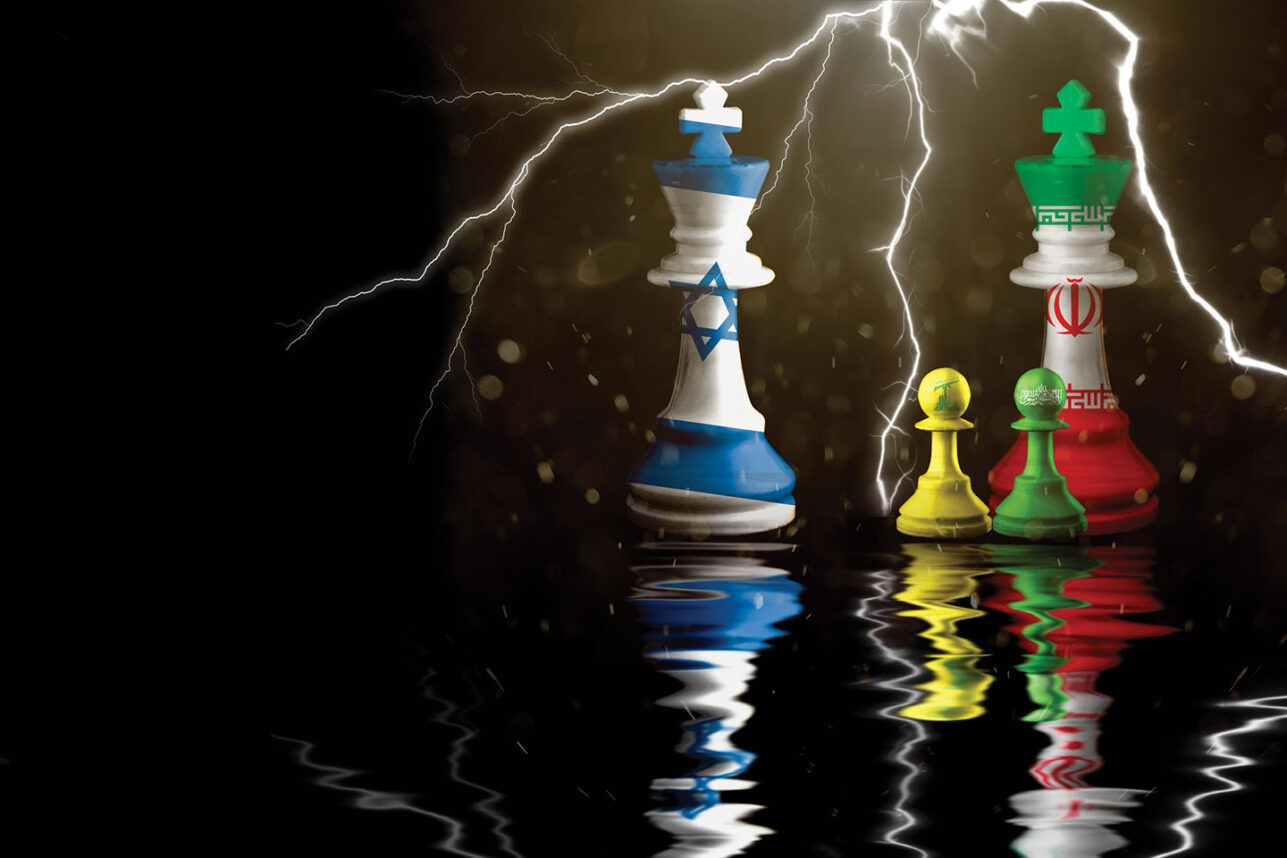

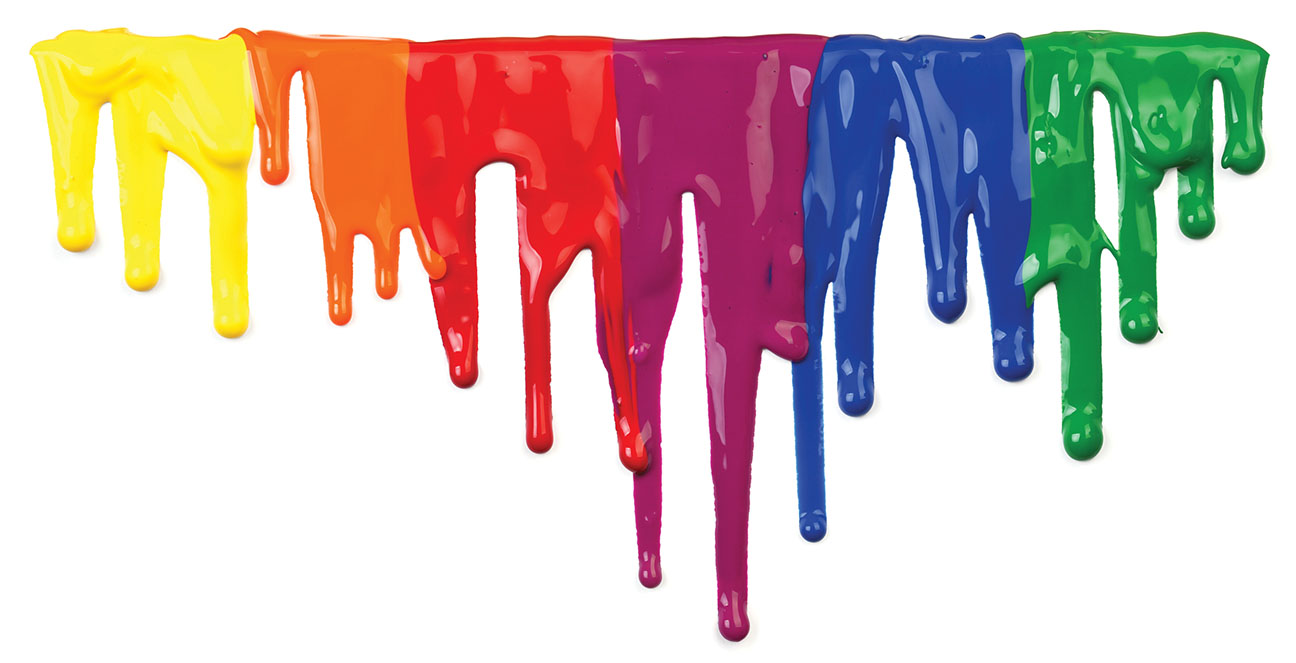


 More news and opinions than at a Shabbat dinner, right in your inbox.
More news and opinions than at a Shabbat dinner, right in your inbox.